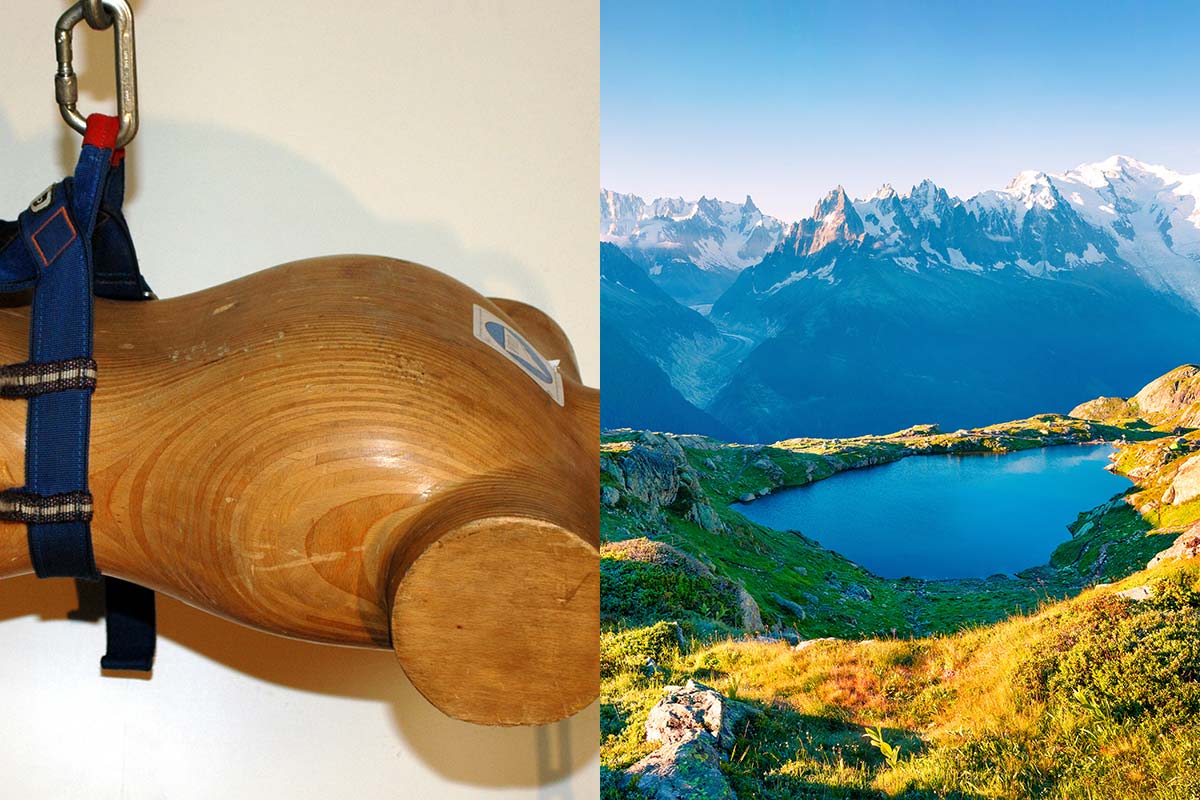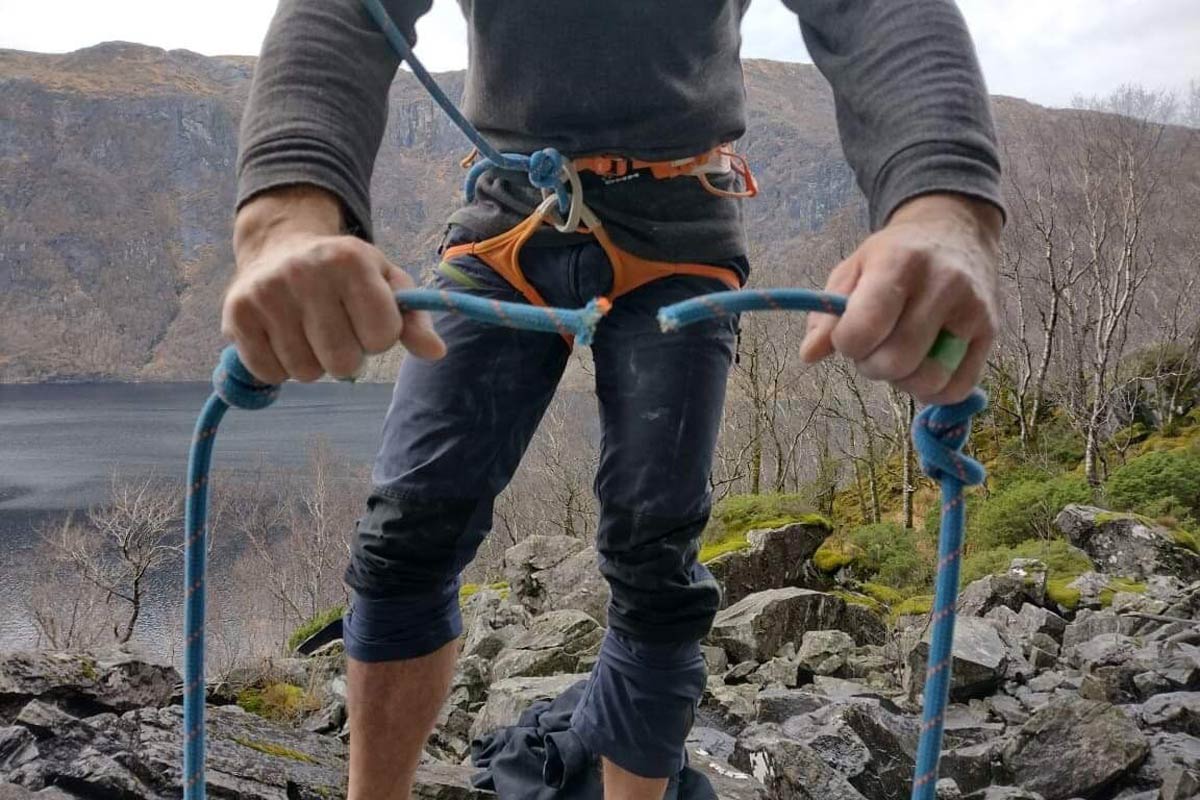A UIAA led anthropometric study of the physical profile of competitive ice climbers is a valuable and necessary baseline for the sport as its popularity grows, says one of its authors Dr. Nenad Dickic, president of the UIAA Anti-Doping Commission.
Dikic who is a cardiologist and baromedicine specialist from Serbia said the findings of the study that compared ice climbers to sport climbers showed ice climbers had weaker hand grips and foot rise (the ability to reach with their legs) than sport climbers.
There was no difference, however, between ice climbers and sport climbers when it came to pincer strength, grip endurance, endurance of shoulder’s muscles, hip flexion and abduction (the movement of a limb or other part of the body way from the mid line or another part of the body).
Urs Stoecker who trains the Swiss ice climbing and sport climbing teams and is the vice president of the UIAA Ice Climbing Commission said the findings about the differences in grip could be explained by the fact that ice climbing requires the use of bigger muscles than small ones used in sport climbing.
Ice climbing requires the sustained use of one grip mostly and it’s the ability to endure this one hold that counts, not finger strength in different holding positions, said Stoecker.
“The physical needs of ice climbing (such as temperature and climbing time) and sport climbing are also different,” said Urs Stoecker.
In general ice climbers who were chosen from athletes on the UIAA Ice Climbing World Cup tour were found to have more body fat than sport climbers and less fat than non-climbers. Ice climbers also had better hip abduction than non-climbers.
“This is the kind of information that every sport should know about its athletes,” said Dikic. “It’s a baseline.”
The abstract of the study can be found here.
The control group of sport or rock climbers consisted of athletes who reported a climbing grade over VII+/6c while the control group of non-climbers were made of athletes from the Faculty of Sport and Physical Education in Belgrade, Serbia.


